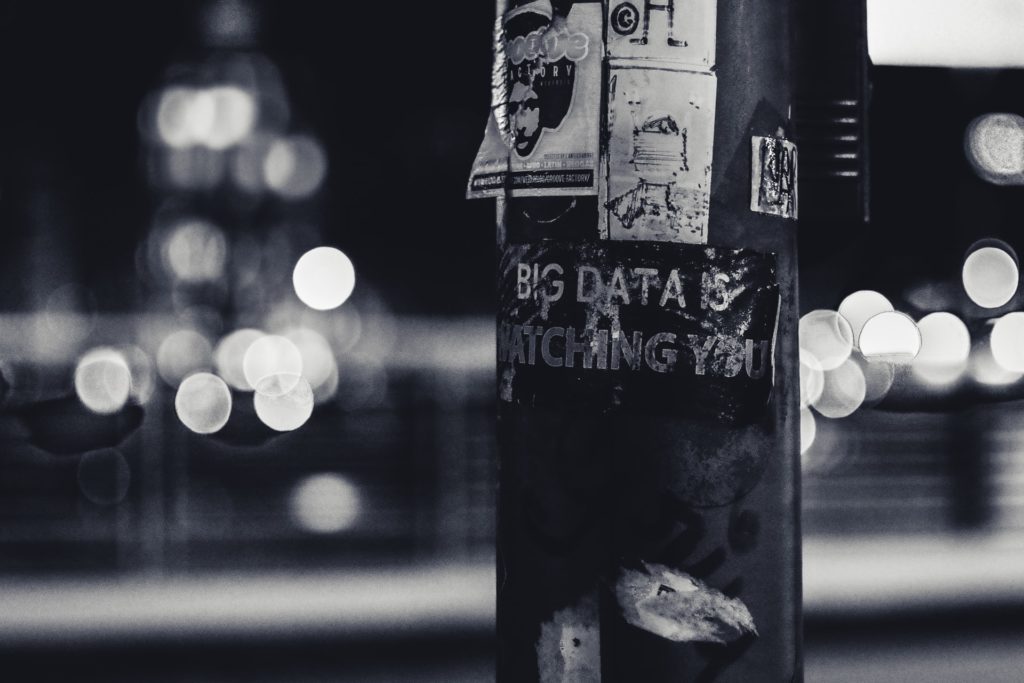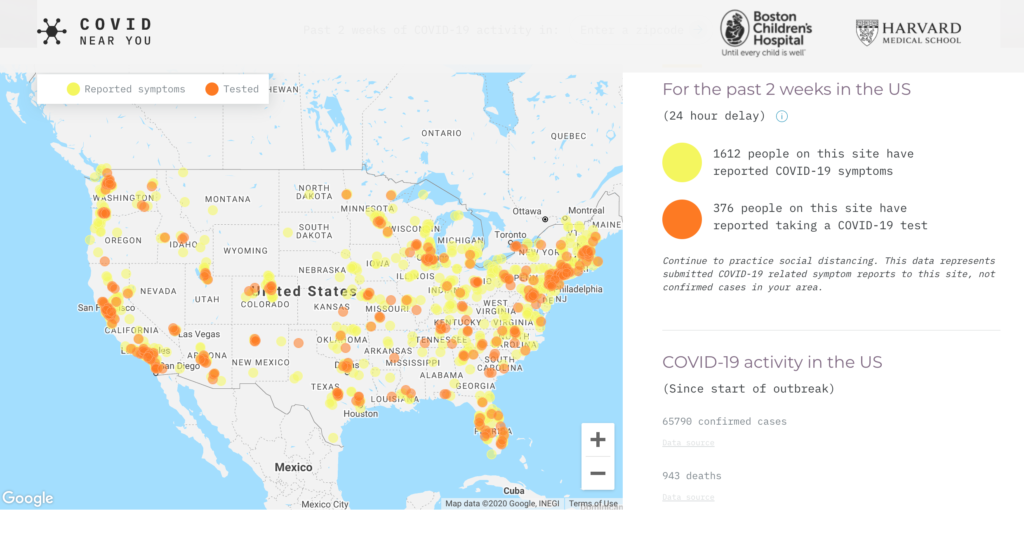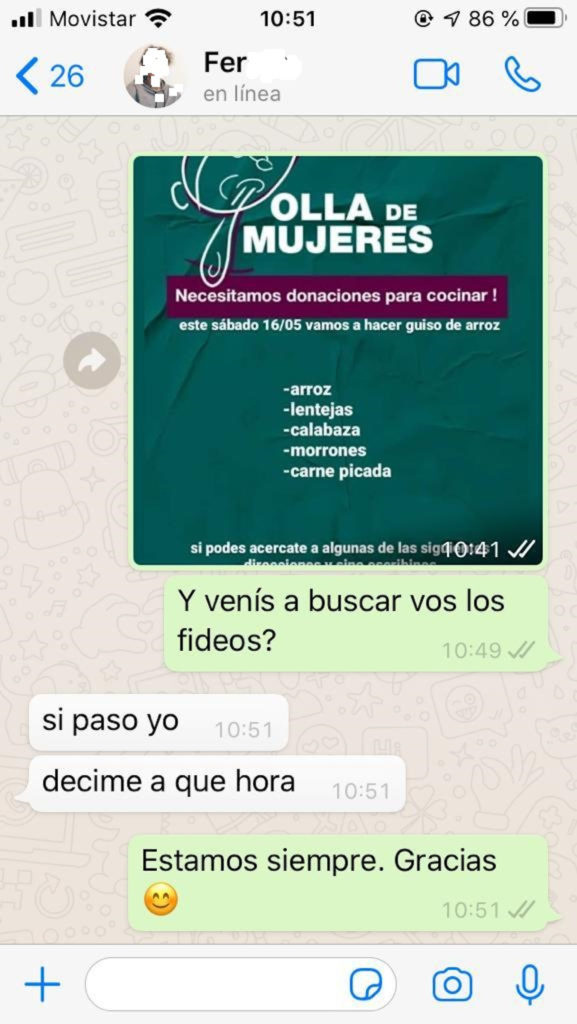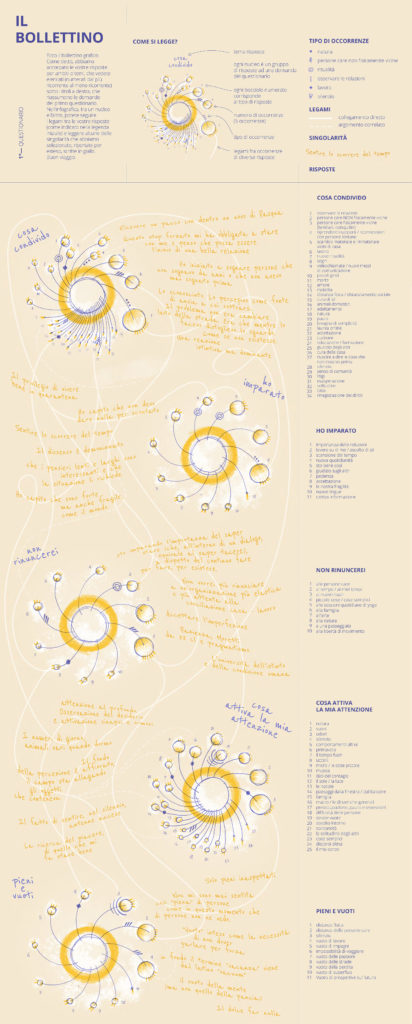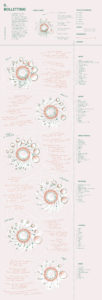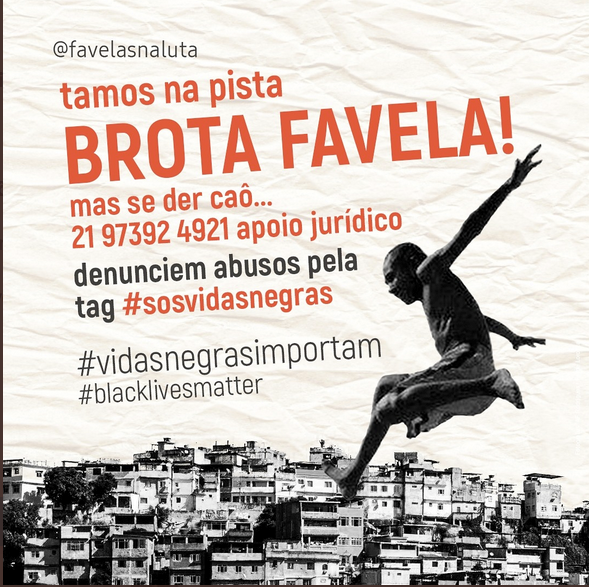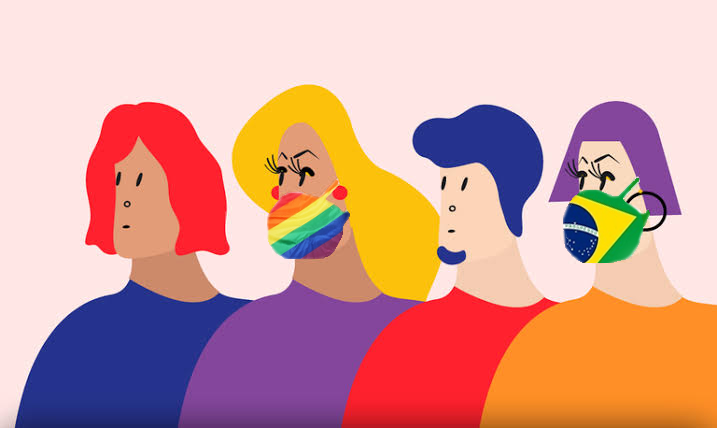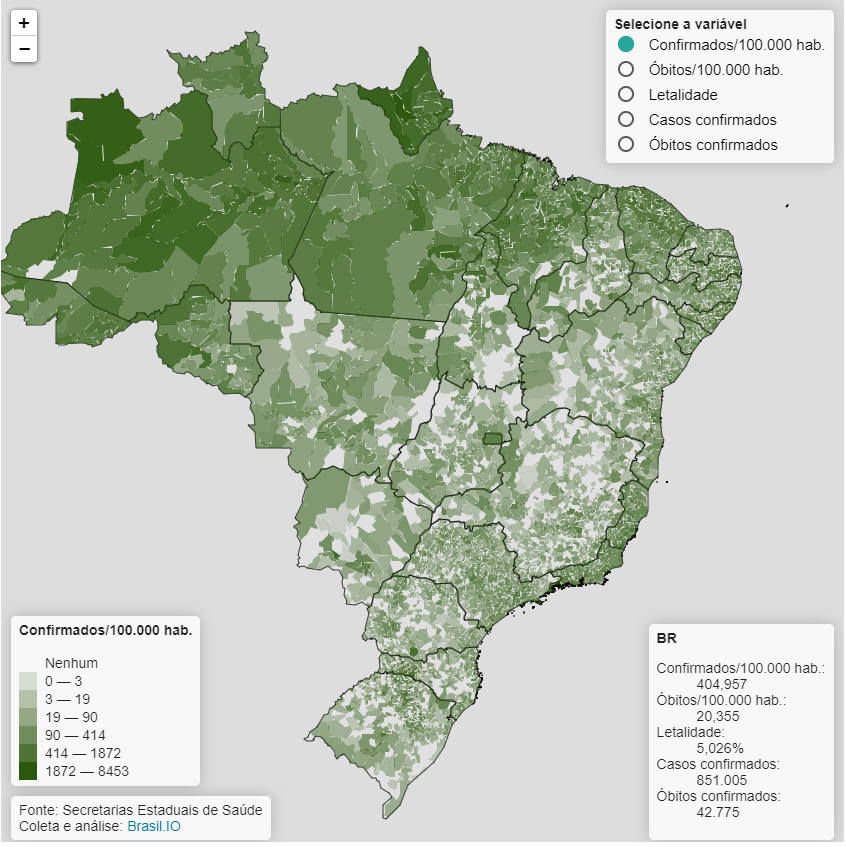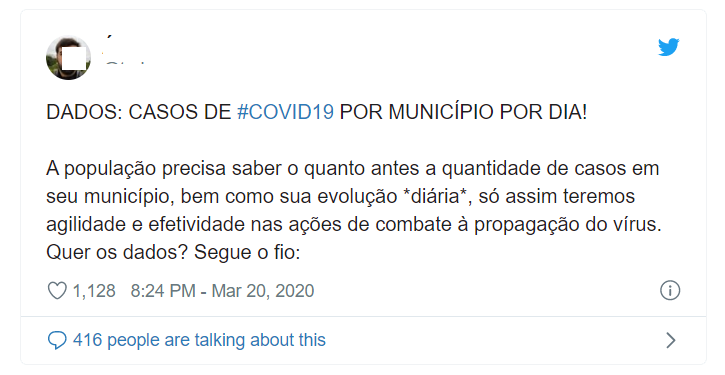Although Singapore, South Korea, Indonesia, and the Philippines have pursued different approaches to address the COVID-19 pandemic, they have all had a disproportionate impact on marginalised groups. This article discusses the effects of COVID-19 measures on migrant workers in Singapore, the LGBT community in South Korea, and rural and Indigenous peoples in Indonesia and the Philippines.
By Irene Poetranto and Justin Lau
Countries around the world have taken different steps to mitigate the spread of COVID-19. The more developed economies of Singapore and South Korea have utilized technology to help trace, test, and isolate cases at a greater extent compared to emerging economies like Indonesia and the Philippines. Even though variations in measures undertaken exist, they share one thing in common: a disproportionate impact on marginalised groups. This article examines COVID-19 strategies implemented by these countries, and outlines their consequences on vulnerable groups, including migrant workers, the LGBT community, and rural and Indigenous peoples.
Outbreak among Singapore’s migrant workers
With only 266 cases and zero deaths by March 2020, Singapore was seen as a model for other countries to follow in responding to the COVID-19 pandemic. Its success in curbing the coronavirus’ spread was attributed to lessons-learned from the 2003 Severe Acute Respiratory Syndrome (SARS) outbreak and the fact that the city-state is technologically advanced. The Singaporean government launched an app to determine if potential carriers of the coronavirus have been in close proximity with other people, used a robot “dog” to patrol parks and ensure physical distancing, implemented a digital check-in system, and is giving out wearable tracking devices for reporting health conditions and tracing proximity between users.
Despite its high-tech profile, Singapore’s exceptionalism ended in early May 2020 when 23,000 COVID-19 cases were reported —ninety percent of which were linked to crowded migrant workers’ dormitories. Researchers and activists had warned for years that low-wage migrant workers, who play an integral role in Singapore’s booming economy but live on the fringes of society in precarious conditions, suffer disproportionately from environmental, health, and safety risks. Yet they were largely ignored until COVID-19 cases spread rampantly. This development revealed the dangers of overlooking marginalised groups during a health crisis. Singapore is now seen once again as a model, only this time for other countries not to follow.
The Itaewon cluster and South Korea’s anti-gay backlash
The backlash against South Korea’s LGBT community also illustrates the impact of COVID-19 on marginalised groups that are vulnerable to discrimination. South Korea uses a contact tracing regime that involves surveillance camera footage, cell phone location data, GPS tracking from both cars and phones, QR code entry logs, and credit card purchase records. But as part of tracing efforts, it has disclosed online the personal information of COVID-19 patients, including age, gender, nationality, and occupation, which are also sent to residents via cell phone alerts.
Online attacks and offline harassment against LGBT persons increased when COVID-19 cases that resulted from a man who visited nightspots in Seoul’s Itaewon district, including several popular in the gay community, were made public. Contact tracing in this instance was also problematic, as people in this conservative country were afraid to be associated with the LGBT community or to have their sexuality outed, or both. Excessive disclosure of personal information combined with stigma around LGBT issues may prevent individuals exposed to the virus from getting tested, which compromises public health measures.
Health and security concerns in Papua
The impact of COVID-19 is even more pronounced for marginalised communities with inadequate healthcare services. Indonesia’s Papua region is double the size of Great Britain with roughly four million people, yet only has five hospitals designated to treat COVID-19 patients, and only two isolation rooms available that meet the World Health Organization’s standards. More than 300 of its Indigenous tribes have small populations, which are threatened with extinction when faced with a pandemic. Papuans lack access to clean water and basic healthcare even though the largest copper and gold mine in the world, called “Grasberg,” is in their resource-rich territory. Run by the U.S.-based mining company Freeport-McMoran, Grasberg, like other mines, initially did not restrict operations even as workers tested positive for the coronavirus. Mine sites have thus become a vector for the spread of COVID-19, with the risk of infecting local communities and Indigenous peoples. When Grasberg became one of Papua’s worst COVID-19 clusters with 150 cases in mid-May, it finally reduced its workforce size to prevent further infections.
The conflict in Papua complicates the COVID-19 response. The Netherlands controlled Papua until 1962 and Papua was temporarily transferred to Indonesia until an act of “self-determination” was completed. Approximately 1,000 Indonesian government-selected participants voted in the referendum, who unanimously opted for Papua to remain with Indonesia. The illegitimacy of the vote, the often violent and arbitrary crackdowns by Indonesian security forces, as well as media restrictions and Internet shutdowns help explain Papuans’ demands for secession. This conflict has been ongoing for over five decades, and in May 2020, an armed group allegedly shot members of a local COVID-19 response team.
Mining operations in the Philippines
Resource-rich areas in the Philippines are also increasingly under threat. Considered the most dangerous place in the world for land and environmental defenders, the Philippines had the highest number of murdered defenders of any country in 2018 and environmental protection remains challenging. The Nueva Vizcaya Province, for example, is the site of a dispute with a mining company, OceanaGold, a Canadian-Australian public company that has been accused of human rights violations. OceanaGold’s permit to run the gold and copper mine known as “Didipio” had expired in June 2019. The local government wants the mine shut due to environmental concerns, yet it continues to operate.
In April 2020, locals opposed to the Didipio mine erected a “peoples’ barricade,” but they were violently dispersed by the police for violating COVID-19 lockdown measures. Meanwhile, despite a province-wide lockdown covering Homonhon Island, the central government allowed a China-bound ship to dock there to load chromite ore. This incident was in defiance of local authorities who denied its entry for fear of COVID-19 infections, as Homonhon has no health facility, no sea ambulance, and no functioning community hospital.
Similarities and differences between the four countries
Singapore, South Korea, Indonesia, and the Philippines have faced different challenges in responding to the pandemic, but they share commonalities. Singapore’s and South Korea’s technologically-driven solutions have sparked national and global debates on balancing public health and the right to privacy. Singapore’s launch of a wearable device that may be issued to every resident has resulted in fears of surveillance and privacy violations. South Korea’s pervasive collection of personal data has also surfaced privacy concerns and social stigma concerns that are feared more than the disease itself.
Unlike Singapore and South Korea, Indonesia and the Philippines have weak healthcare systems and rely on security-heavy strategies. Indonesia’s COVID-19 task force chief is an Army lieutenant general and the Indonesian military and police have been ordered to enforce physical distancing, while in the Philippines, the Defense Secretary heads the national task force on COVID-19 and has sought full military and police support to implement its pandemic plan. Indonesia and the Philippines have also launched contact tracing apps that use the centralised model and have been criticised for providing insufficient data protection. Trust issues have thus impeded the widespread adoption of the government’s official contact tracing app in both countries.
Conclusion
Despite the four countries’ varied approaches to COVID-19, they nevertheless disproportionately and negatively impact marginalised communities. It is clear that, although the virus does not discriminate, its consequences do. Therefore, as governments around the world strive to tackle the pandemic, it is imperative that they do so in a transparent and rights-respecting manner, and in ways that are inclusive of local communities.
About the authors
Irene Poetranto is a Senior Researcher at the Citizen Lab and a PhD Candidate at the Department of Political Science, University of Toronto.
Justin Lau is a research assistant at the Citizen Lab and a student in the Munk School’s Master of Global Affairs program, University of Toronto.

